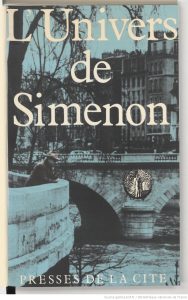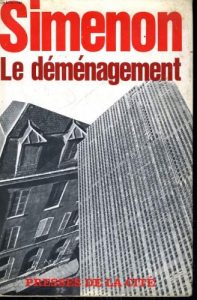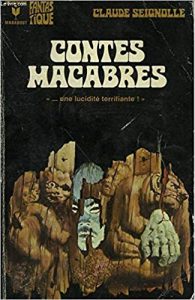And now Italian director Bernardo Bertolucci dies, 13 years the junior of Roeg, also one of the big names of European cinema.
Last Tango in Paris (1972) was the first of his films I saw. I’m sure if I would see it again, it would bore me to death. In contrast, Performance (1970) by Roeg (see prev. post) has aged better. Both films are a testament to the sexual revolution.
The last of Bertolucci’s film that I saw was The Dreamers (2003). I remember liking it and I guess that likely hasn’t changed.
Luck has it that YouTube has an entire copy of The Spider’s Stratagem (1970). Like Performance of Roeg, it is inspired by Jorge Luis Borges.
I’ve never seen it, I’ll watch it now.
Let me end (because I can) with this beautiful juxtaposition only marginally linked to Bertolucci:
Update 27/11: The Spider’s Stratagem is actually a pretty good film: very Italian, surreal, Borgesian and Chirico-esque.






